Rice Can Help Save Salmon If Farms Are Allowed to Flood
The Nigiri Project aims to restore the beloved fish by cutting a notch in a California levee and letting some floodplains return to nature
:focal(1649x1126:1650x1127)/https://tf-cmsv2-smithsonianmag-media.s3.amazonaws.com/filer/f6/62/f662623f-73c2-4c35-9826-74a55cda2bbf/nigirisalmontestpens_clean.jpg)
Jacob Katz stands atop a long, narrow wall of rock and gravel, gazing east over an expanse of off-season rice fields a few miles west of Sacramento. The sky is winter gray and the levee clay is damp and sticky after a brief morning shower.
“When some people look out here, they see a field of mud,” says Katz, a fishery biologist with the conservation group California Trout. “I see the potential for a biological solar panel that can power our entire river system.”
Katz is leading an ecological experiment that places thousands of two-inch Chinook salmon in inundated rice fields for a few weeks, before releasing the fish into the Sacramento River to continue their seaward migration. Katz is interested in how access to floodplains may improve the young salmon’s odds of surviving to adulthood and, eventually, returning to the Sacramento to spawn, a lifecycle that is increasingly hard for salmon to complete due to alterations to the river. Dubbed the Nigiri Project—a reference to the sushi presentation featuring a slab of fish slung over a wedge of rice—the annual experiment has been scaled up over the years, from 10,000 small salmon at its start in 2012 to 50,000 this winter.
Each year, the baby salmon have grown at phenomenally fast rates thanks to an abundance of natural food in the flooded fields. Moreover, their odds of reaching the ocean, it seems, are increased. In the 2013 experiment, 66 of the rice paddy salmon were fitted with surgically implanted acoustic tags. These fish were seven times more likely to be detected by a curtain of hydrophones strung beneath the Golden Gate Bridge than tagged salmon left to navigate the perilous main stem of the river, according to Katz.
Katz and several project collaborators—including University of California, Davis scientists, the California Department of Water Resources and a conservation group called Cal Marsh and Farm—next hope to scale up their experiment to a full-fledged undertaking involving thousands of acres of farmland and perhaps ten million juvenile salmon. The goal is to restore the Sacramento River system’s annual flooding cycle, which native fish species evolved to depend upon.
Before dams and levees tamed the Sacramento early last century, a million or more salmon spawned in the river’s mountain headwaters each year. Other fish species and bird life teemed there as well. Katz says the knee-deep water that spilled out of the main river channel each winter and flooded the Central Valley had much to do with the region’s productivity. This shallow water moved slowly downstream, and even in the bleak days of winter, sunlight sparked a photosynthetic explosion of life. Small salmon, born in gravel beds a hundred miles upriver, thrived in this ephemeral habitat. As the floodwaters receded, the fish spilled back into the river in prime condition to swim to the ocean. The phytoplankton and invertebrate life born on the floodplains were likewise drained into the river, providing food for other fish species downstream.
“But that entire process has been almost surgically removed from the river system,” Katz says. “The river is now straight-jacketed between two rock walls.” Today, fish—both big and small—are confined to the deep, turbulent and rather unproductive waters of the river’s main stem. In this hostile environment, Chinook salmon smolts face great odds of being eaten by predators or killed by water pumps. Meanwhile, the adjacent floodplains remain dry much of the year and are used in spring and summer for farming and pasture.
The idea behind the Nigiri Project is that intensive agriculture and a thriving natural ecosystem can coexist on the same acreage if river water is simply allowed to spread across the land at key times of the year, just like it used to. “The economy and the environment don’t have to be at odds,” Katz says.
What Katz and his team want to see is a notch cut into the top of a levee about 20 miles northwest of the state capital. This would allow water, even in low-rain winters, to spill into an old floodplain on the west side of the river known as the Yolo Bypass. For a century this uninhabited 100-square-mile depression has only received water during brief rainy periods and summer irrigation for crops. If the levee is modified, millions of newly born salmon migrating downriver would spread over these fields with the floodwater, feasting for several weeks and eventually reconnecting with the main river many miles downstream in the brackish delta.
That farming and wild fisheries can thrive side-by-side is well known to other aquatic biologists. Zeb Hogan, a biology professor at the University of Nevada, Reno, has studied Southeast Asia’s Mekong River system for almost 20 years. Every year, the floodplains adjacent to the Mekong are inundated during the rainy months. Then the same process Katz describes kicks in: Sunlight triggers a bloom of phytoplankton and invertebrate life, which, on the Mekong, creates the foundation of the world’s most productive inland fishery. When the floodplains drain again, the fields are intensively farmed.
“Just because people are growing rice along a river doesn’t mean it can’t be a healthy river,” Hogan says. Environmentalists are now fighting an incoming wave of several proposed dams on the lower Mekong, which they fear could squander much of the river’s productivity.
The benefits of allowing river water to move naturally across a landscape reach beyond fish and wildlife. Floodplain soils are fertilized, which supports farming. Water that slowly migrates over a flat expanse of land may percolate downward, recharging depleted aquifers, while nutrients that might otherwise go on to create oxygen-free dead zones along the coast have the chance to precipitate out. Flooding fields with moving river water also offers a cleaner means of washing away unmarketable agricultural waste, like trimmings and stalks, which may otherwise be burned in open piles, causing air pollution.
Controlled inundation of floodplains can even serve as a counterintuitive way to protect against floods. Scientists studying the Danube River, for example, believe the deadly torrents of 2006 could have been restrained had upstream floodplains been accessible to the rising waters. Rene Henery, a biologist with the conservation group Trout Unlimited, says relying on levees to contain rain-swollen waterways will produce failures and disasters. On the other hand, letting some of that water disperse across uninhabited farmland reduces pressure on critical levees that are protecting urban areas. With every drop of the world’s freshwater and every parcel of its arable land becoming more precious all the time, Henery says it’s increasingly vital that these resources be efficiently used and applied toward overlapping goals.
“We’ve been managing our waterways as though ecology, flood control and agriculture are at odds with each other,” Henery says. “We’ve overlaid a management plan on the interwoven values of a floodplain, and we’ve created the illusion these values are separate.”
On the Sacramento River, Katz hopes that next winter at least a million smolts will be growing fat and healthy on the inundated Yolo floodplain—and he says there’s no time to lose in moving forward. “The urgency is real in the capacity to lose these species on our watch in the next decade or two,” Katz warns. “We have to do this soon. Our backs are against the wall.”
/https://tf-cmsv2-smithsonianmag-media.s3.amazonaws.com/accounts/headshot/Off-Road-alastair-bland-240.jpg)
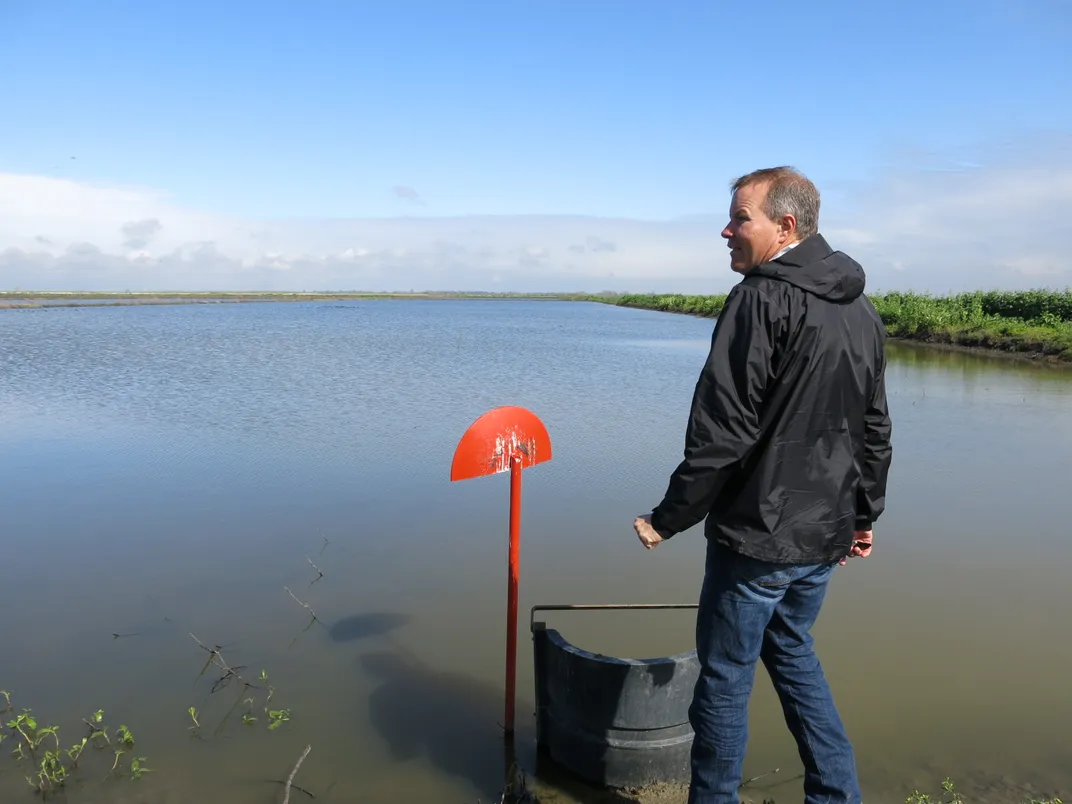
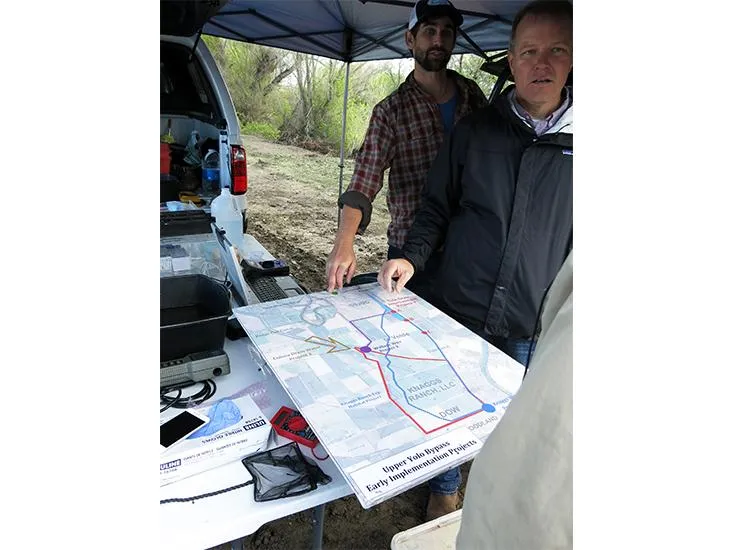
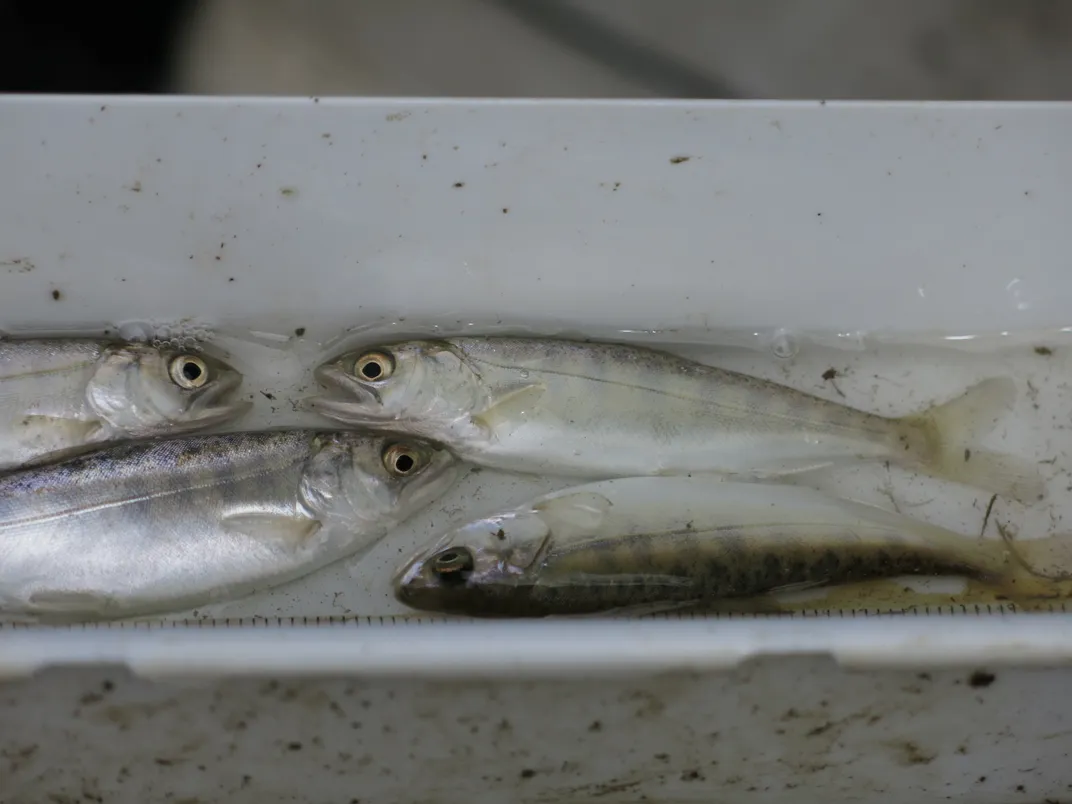
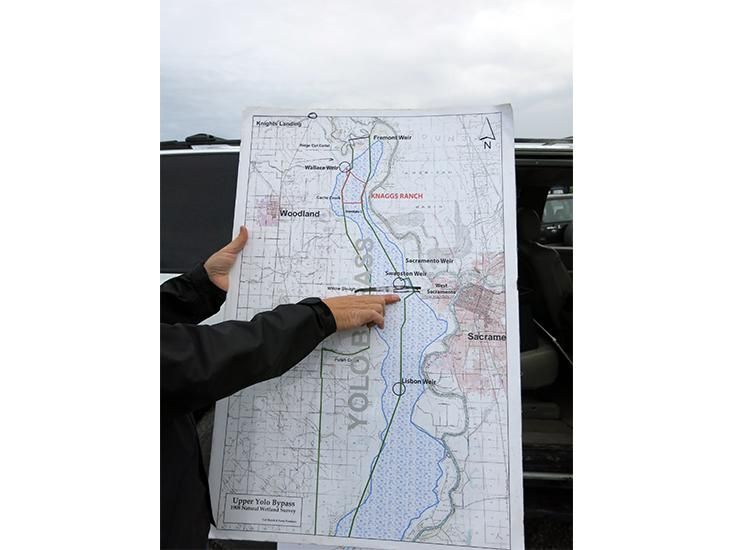
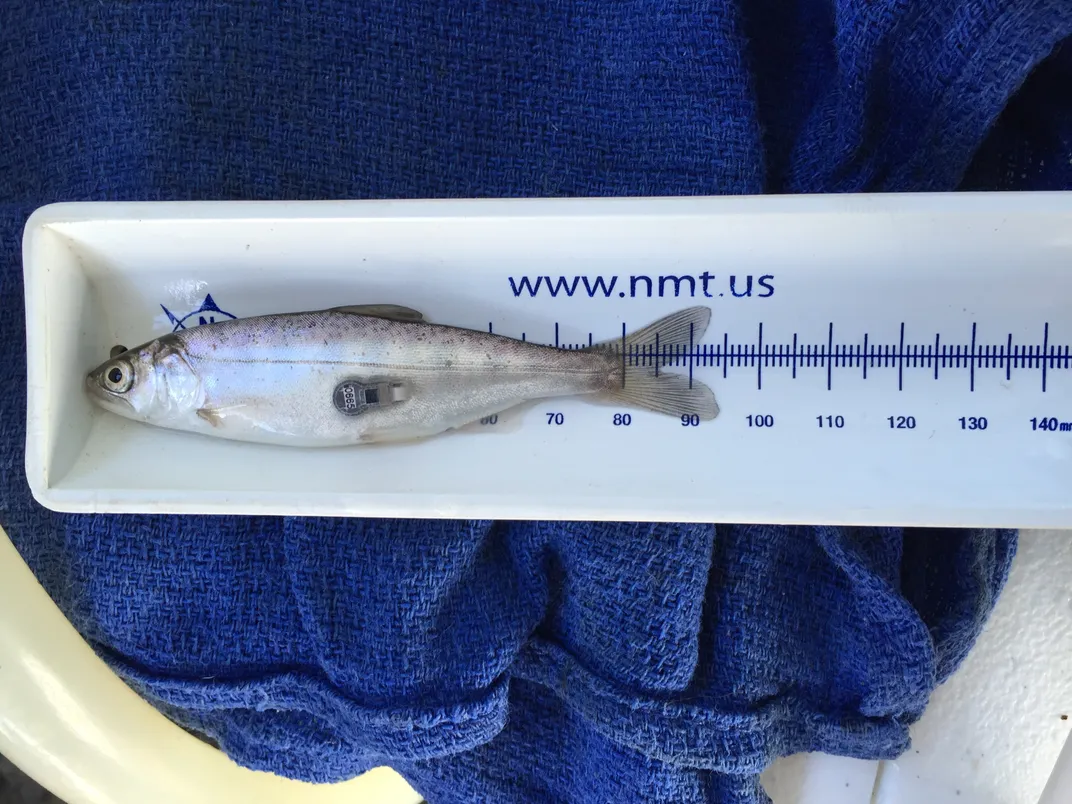
/https://tf-cmsv2-smithsonianmag-media.s3.amazonaws.com/accounts/headshot/Off-Road-alastair-bland-240.jpg)